Tag Archives: machine learning
CART Decision Tree Python Example
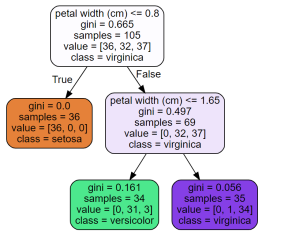
The Classification and Regression Tree (CART) is a supervised machine learning algorithm used for classification, regression. In this blog, we will discuss what CART decision tree is, how it works, and provide a detailed example of its implementation using Python. What is CART & How does it work? CART stands for Classification And Regression Tree. It is a type of decision tree which can be used for both classification and regression tasks based on non-parametric supervised learning method. The following represents the algorithm steps. First and foremost, the data is split into training and test set. Take a feature K and split the training data set into two subsets based on …
Decision Tree Concepts, Examples, Interview Questions
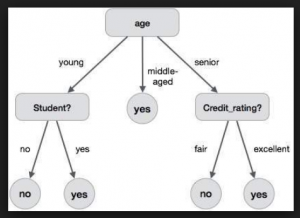
Decision tree is one of the most commonly used machine learning algorithms which can be used for solving both classification and regression problems. It is very simple to understand and use. Here is a lighter one representing how decision trees and related algorithms (random forest etc) are agile enough for usage. In this post, you will learn about some of the following in relation to machine learning algorithm – decision trees vis-a-vis one of the popular C5.0 algorithm used to build a decision tree for classification. In another post, we shall also be looking at CART methodology for building a decision tree model for classification. The post also presents a …
Account Receivables Use Cases for Machine Learning / AI

Account receivables (AR) account for a significant portion of total assets and revenue. However, the account receivable process is typically handled manually by accountants or finance staff. This can lead to inefficiencies when it comes to identifying account issues and resolving them quickly. In addition, there are opportunities of leveraging data-driven decision making in different areas related to account receivables. In this blog post, you will learn about account receivables analytics use cases and how AI/machine learning and deep learning techniques can be used to streamline account receivable processes. For product managers and data scientists, this post will prove to be useful to understand different machine learning use cases related …
Bayesian thinking & Real-life Examples
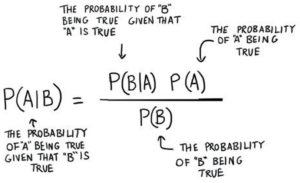
Bayesian thinking is a powerful way of looking at the world, and it can be useful in many real-life situations. Bayesian thinking involves using prior knowledge to make more accurate predictions about future events or outcomes. It is based on the Bayes theorem, which states that the probability of an event occurring is determined by its prior probability combined with new information as it becomes available. It is important for data scientists to learn about Bayesian thinking because it can help them make accurate predictions and draw more meaningful insights from data. In this blog post, we will discuss Bayesian thinking and provide some examples from everyday life to illustrate …
True Error vs Sample Error: Difference
Understanding the differences between true error and sample error is an important aspect of data science. In this blog post, we will be exploring the difference between these two common features of statistical inference. We’ll discuss what they are and how they differ from each other, as well as provide some examples of real-world scenarios where an understanding of both is important. By the end, you should have a better grasp of the differences between true error and sample error. In case you are a data scientist, you will want to understand the concept behind the true error and sample error. These concepts are key to understand for evaluating a …
Confidence Intervals Formula, Examples
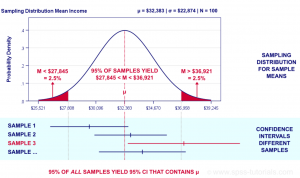
In this post, you will learn about the statistics concepts of confidence intervals in relation to machine learning models with the help of an example and Python code examples. You will learn about how to interpret confidence intervals, what are formulas for confidence intervals with the help of examples. When you get a hypothesis function by training a machine learning classification model, you evaluate the hypothesis/model by calculating the classification error. The classification error is calculated on the sample of the data used for training the model. However, does this classification error for the sample (sample error) also represent (same as) the classification error of the hypothesis/model for the entire …
Types of Probability Distributions: Codes, Examples
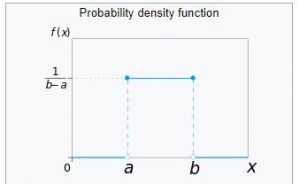
In this post, you will learn the definition of 25 different types of probability distributions. Probability distributions play an important role in statistics and in many other fields, such as economics, engineering, and finance. They are used to model all sorts of real-world phenomena, from the weather to stock market prices. Before we get into understanding different types of probability distributions, let’s understand some fundamentals. If you are a data scientist, you would like to go through these distributions. This page could also be seen as a cheat sheet for probability distributions. What are Probability Distributions? Probability distributions are a way of describing how likely it is for a random …
AI Product Manager Interview Questions

AI has become such an integral part of our lives that it is important to hire professionals who can help create AI / machine learning products that will be used by many people. These AI product manager interview questions will give you insight into your product manager candidate’s experience, skills, and industry knowledge so that you can get prepared in a better manner before appearing for your next interview as an AI product manager. Check out a detailed interview questions and answers with greater focus on machine learning topics. Before getting into the list of interview questions, lets understand what can be the job description of an AI product manager. …
Instance-based vs Model-based Learning: Differences
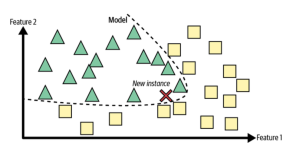
Machine learning is a field of artificial intelligence that deals with giving machines the ability to learn without being explicitly programmed. In this context, instance-based learning and model-based learning are two different approaches used to create machine learning models. While both approaches can be effective, they also have distinct differences that must be taken into account when building a machine learning system. Let’s explore the differences between these two types of machine learning. What is instance-based learning & how does it work? Instance-based learning (also known as memory-based learning or lazy learning) involves memorizing training data in order to make predictions about future data points. This approach doesn’t require any …
Different types of Clustering in Machine Learning
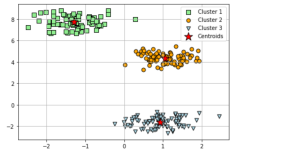
Clustering is a type of unsupervised machine learning technique that is used to group data points into distinct categories or clusters. It is one of the most widely used techniques in machine learning and can be used for various tasks such as grouping customers by their buying habits, creating groups of similar documents, or finding groups of related genes. In this blog post, we will explore different types / categories of clustering methods and discuss why they are so important in the field of machine learning. Prototype-based Clustering Prototype based clustering represents one of the categories of clustering algorithms that are used to identify groups within a larger dataset. This …
Python Pickle Example: What, Why, How

Have you ever heard of the term “Python Pickle“? If not, don’t feel bad—it can be a confusing concept. However, it is a powerful tool that all data scientists, Python programmers, and web application developers should understand. In this article, we’ll break down what exactly pickling is, why it’s so important, and how to use it in your projects. What is Python Pickle? In its simplest form, pickling is the process of converting any object into a byte stream (a sequence of bytes). This byte stream can then be transmitted over a network or stored in a file for later use. It’s like putting the object into an envelope and …
Free Datasets for Machine Learning & Deep Learning
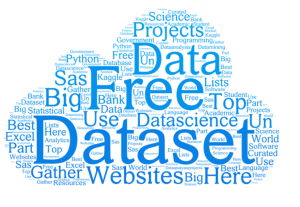
Are you looking for free / popular datasets to use for your machine learning or deep learning project? Look no further! In this blog post, we will provide an overview of some of the best free datasets available for machine learning and deep learning. These datasets can be used to train and evaluate your models, and many of them contain a wealth of valuable information that can be used to address a wide range of real-world problems. So, let’s dive in and take a look at some of the top free datasets for machine learning and deep learning! Here is the list of free data sets for machine learning & …
Challenges for Machine Learning / AI Projects

In this post, you will learn about some of the key challenges in relation to achieving successful AI / machine learning (ML) or Data science projects implementation in a consistent and sustained manner. As AI / ML project stakeholders including senior management stakeholders, data science architects, product managers, etc, you must get a good understanding of what would it take to successfully execute AI / ML projects and create value for the customers and the business. Whether you are building AI / ML products or enabling unique models for your clients in SaaS setup, you will come across most of these challenges. Understanding the Business Problem Many times, the nature …
Difference between Online & Batch Learning
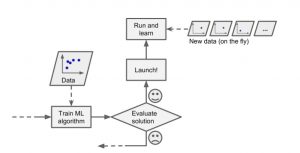
In this post, you will learn about the concepts and differences between online and batch or offline learning in relation to how machine learning models in production learn incrementally from the stream of incoming data or otherwise. It is one of the most important aspects of designing machine learning systems. Data science architects would require to get a good understanding of when to go for online learning and when to go for batch or offline learning. Why online learning vs batch or offline learning? Before we get into learning the concepts of batch and on-line or online learning, let’s understand why we need different types of models training or learning …
Most Common Machine Learning Tasks
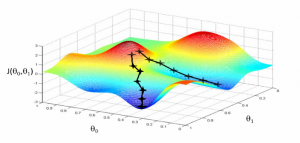
This article represents some of the most common machine learning tasks that one may come across while trying to solve machine learning problems. Also listed is a set of machine learning methods that could be used to resolve these tasks. Please feel free to comment/suggest if I missed mentioning one or more important points. Also, sorry for the typos. You might want to check out the post on what is machine learning?. Different aspects of machine learning concepts have been explained with the help of examples. Here is an excerpt from the page: Machine learning is about approximating mathematical functions (equations) representing real-world scenarios. These mathematical functions are also referred …
Drivetrain Approach for Machine Learning

In this post, you will learn about a very popular approach or methodology called as Drivetrain approach coined by Jeremy Howard. The approach provides you steps to design data products that provide you with actionable outcomes while using one or more machine learning models. The approach is indeed very useful for data scientists/machine learning enthusiasts at all levels. However, this would prove to be a great guide for data science architects whose key responsibility includes designing the data products. Without further ado, let’s do a deep dive. Why Drivetrain Approach? Before getting into the drivetrain approach and understands the basic concepts, Lets understand why drivetrain approach in the first place? …
I found it very helpful. However the differences are not too understandable for me